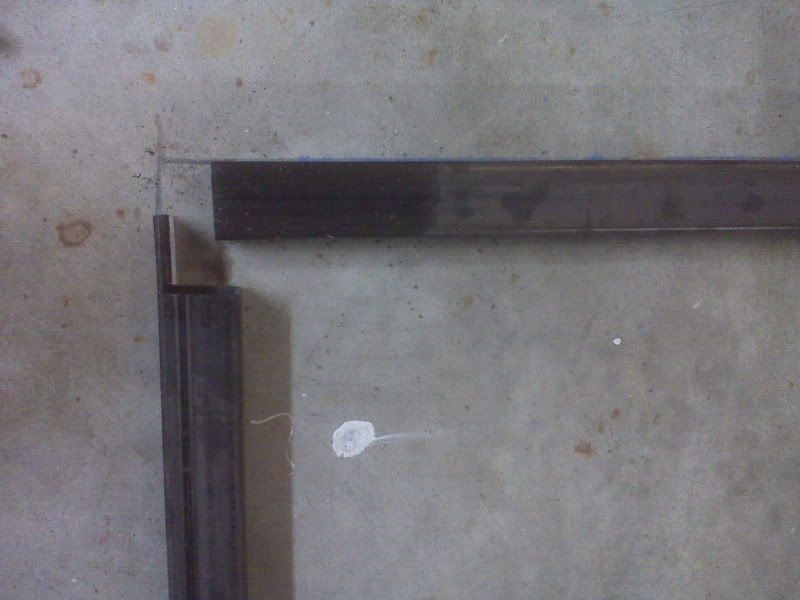Commonwealth
Well-Known Member
Howdy folks, quick question for the electrically impaired. I am beginning my build and like this design/set up with the auber/honeywell PID's and gas valves. I am sure that I can assemble this if I had all the parts in front of me, but have a purchasing question.
What type of transformer would I need? would something like this work?
http://www.pexsupply.com/Honeywell-...Transformer-with-9-in-leadwires-and-end-bells
Also Jlandin if you are around, where did you pick up your panel connectors, bridges and switches. I think those are radio shack items and just need to be rated to the appropriate loads. Am I correct?
What type of transformer would I need? would something like this work?
http://www.pexsupply.com/Honeywell-...Transformer-with-9-in-leadwires-and-end-bells
Also Jlandin if you are around, where did you pick up your panel connectors, bridges and switches. I think those are radio shack items and just need to be rated to the appropriate loads. Am I correct?























































![Craft A Brew - Safale BE-256 Yeast - Fermentis - Belgian Ale Dry Yeast - For Belgian & Strong Ales - Ingredients for Home Brewing - Beer Making Supplies - [3 Pack]](https://m.media-amazon.com/images/I/51bcKEwQmWL._SL500_.jpg)



